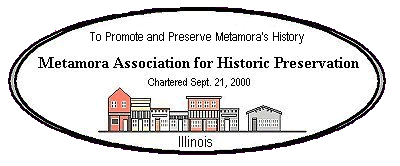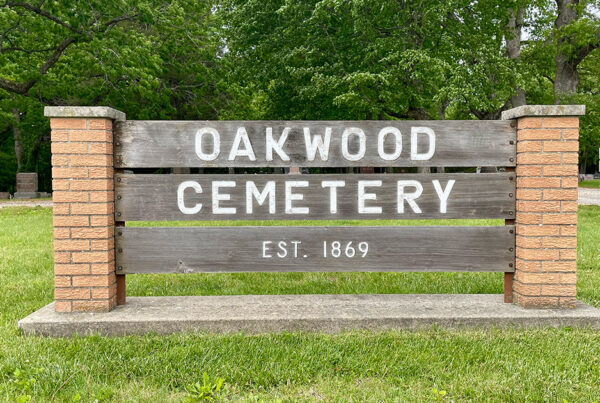In 1911 The Woodford County Historical Society selected a granite boulder to commemorate an important historical event that took place in Page’s Grove south of the city limits. Stephen Douglas spoke first on September 30, 1858, and Abraham Lincoln spoke on October 4, 1858, during the 1860 campaign for the presidency. The boulder was donated by Thomas Bratt from his farm in Cazenovia Township near Washburn.
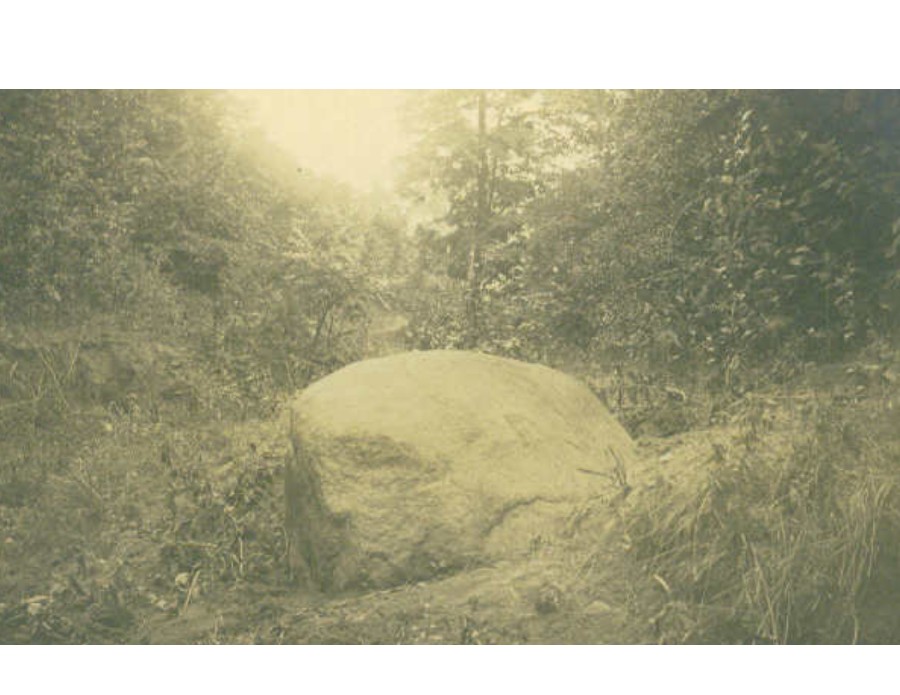
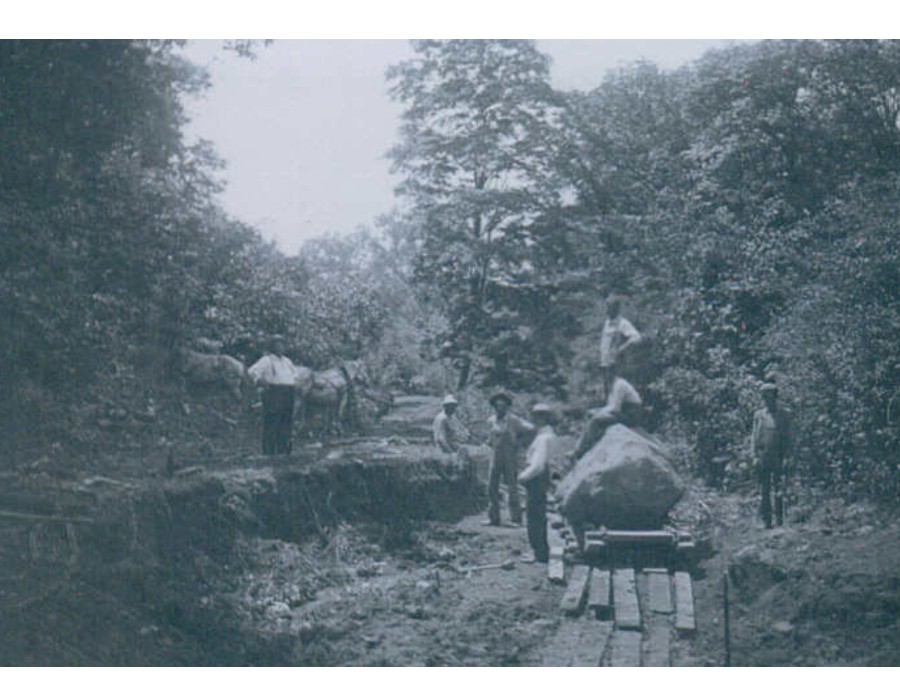

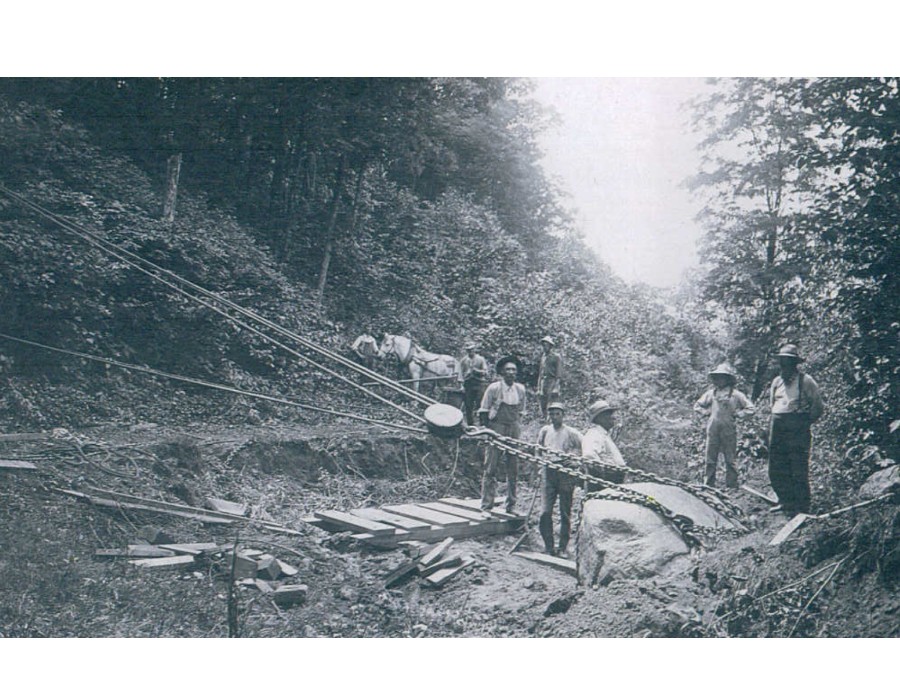
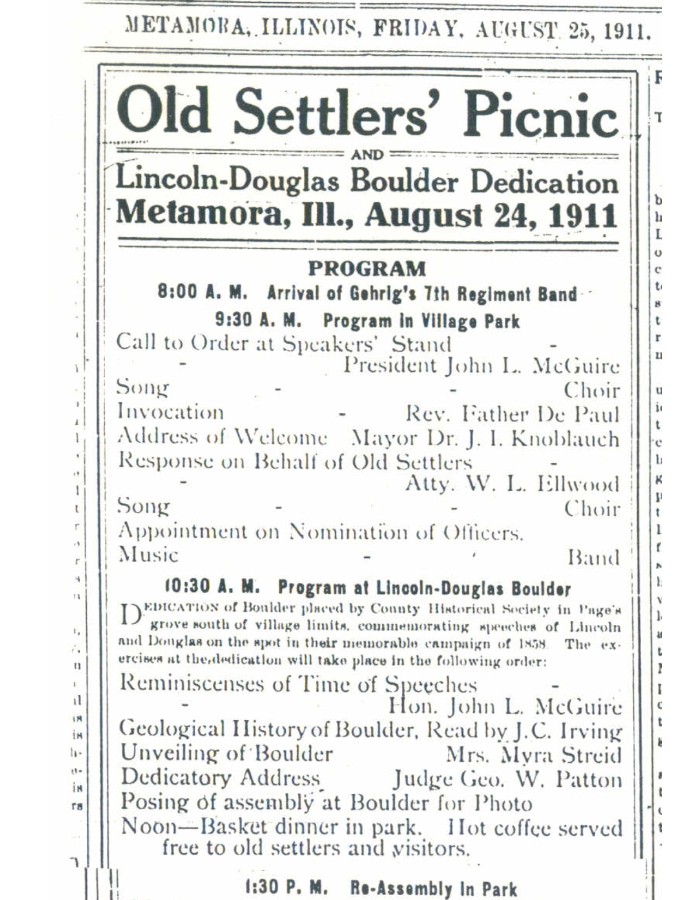
The following article was written by G. Frederich Wright, President of the Ohio State Archaeological and Historical Society, and author of “The Ice Age in North America”.
The boulder chosen is a fine specimen of granite, or rather of syenite, since as a third element it contains hornblend instead of mica. In composition it is similar to the blocks which were chosen for the casing of the pyramids in Egypt, and for the monoliths and statues which were set up to adorn the valley of the Nile. In the case of this monument, nature has done the quarrying and the transporting. The nearest point where this rock was found in place is several hundred miles to the northeast, some distance beyond Lake Huron.
The boulder started upon its pilgrimage many thousand years ago when the great ice sheet which crept down from the north during the glacial period reached the granite ledges which appear upon the surface all over Ontario and Quebec. They became entangled at a rate of not more than four or five hundred feet a year and perhaps much less. The glacier upon which it was transported filled the bed of Lake Huron, advanced over the southern peninsula of Michigan, obliterated for the time being the deep depression of Lake Michigan, and bore its burden of boulders as far as Princeton, Peoria, Clinton, Decatur, Mattoon and Paris, Illinois. This boulder did not quite complete this journey, but was dropped off twenty-five or thirty miles before it reached the terminal moraine of the Wisconsin Glacial epoch.
Woodford County is completely buried beneath the debris which was brought along by this continental ice sheet, there being hardly any out-crops of rocks anywhere in the county. At Metamora these glacial deposits are 280 feet deep, and at Eureka 150 feet. The wells with which you supply your water works in Eureka go down only about half way through the glacial deposits, finding a supply of water in beds of sand and gravel that are interstratified in the general mass of ground moraine. Boulders similar in character to the one chosen are probably confined to the upper portion of this glacial deposit, the lower and older portion having been formed by a glacial movement which came down from the northwest.
In proof that our boulder came from the north of Lake Huron I would say that while we cannot demonstrate this with reference to granitic boulders, since granite is so widely distributed over British America, yet in one case, that of a beautiful red jasper conglomerate rock whose only outcrop is a few miles north of Lake Huron I have traced the boulders through the southern peninsula of Michigan, across northern Indiana and Illinois, passing almost exactly Woodford County, to Warsaw on the Mississippi, where there was a boulder of this material three feet in diameter, the enterprise of an Iowa citizen led him to transport it to his door yard in Keokuk, where it remains as its most striking ornament. One reason for my mentioning this is to warn you against inferring that the ice crossed the Mississippi at Koekuk from the fact that you may find this boulder on the Iowa side. It was first captured in Illinois. Iowa obtained it by bold-faced robbery.
The boulder is now safe and has already proved in a remarkable manner its power to resist the corroding tooth of time. Without doubt it has lain for ten thousand years in the place where you found it awaiting the service which it is now permitted to render to the world. Doubtless, also, it was exposed for ten thousand years more on its slow journey to witness the memorable occasion when the two intellectual giants of the Prairie State contended for the highest prize within the reach of a citizen of the American Republic. Happy is it that it is now permitted to perpetuate the memory of this great occasion to the end of time.
Dedication of the Lincoln-Douglas Boulder took place during the Old Settlers’ Picnic held on August 24, 1911.
History and photo submitted by Shirley A. Adams.
